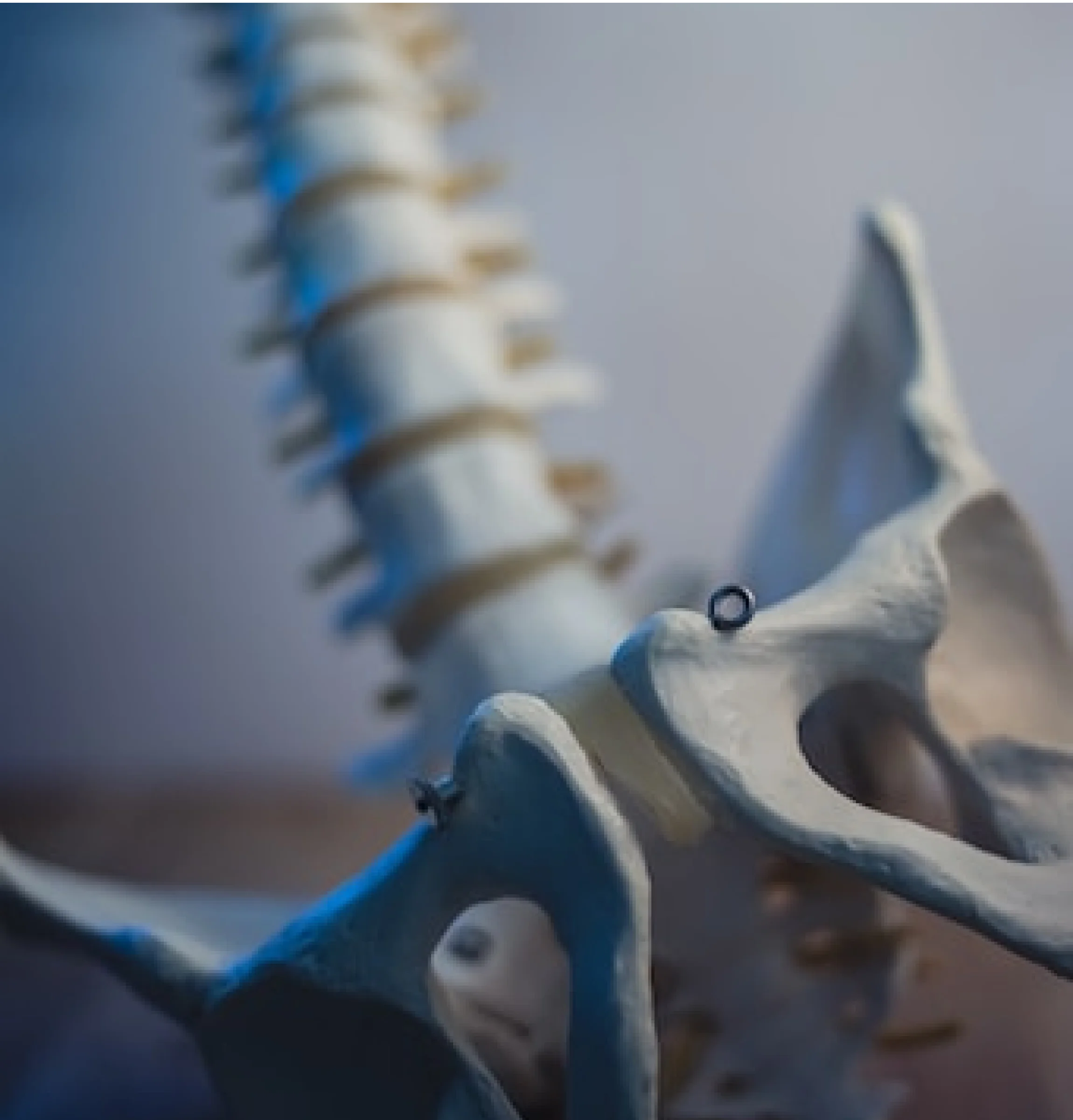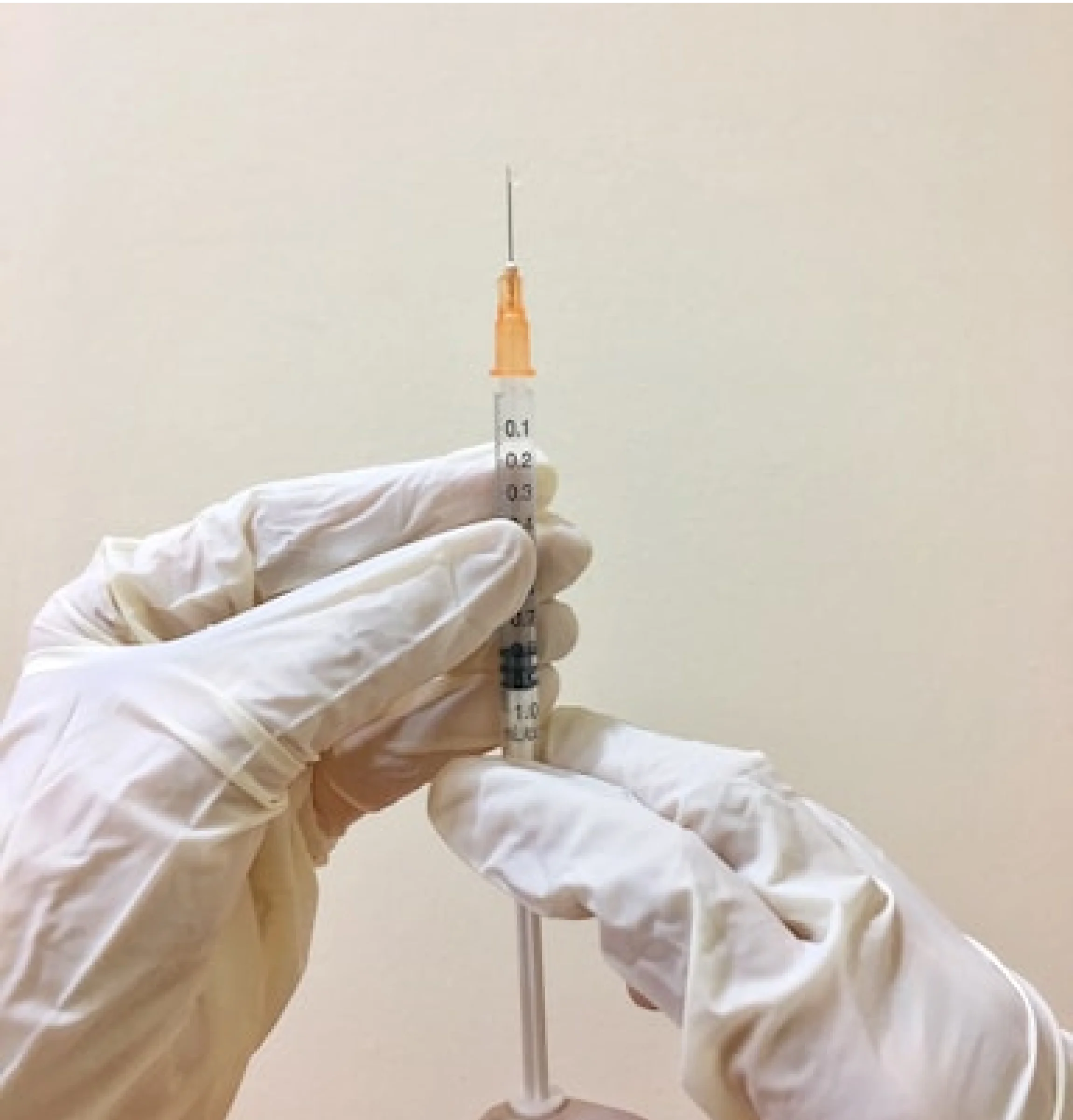Bux Pain Management
Board Certified Anesthesiologist located in Lexington, Cynthiana, & Danville, KY
The sacroiliac (SI) joints in your pelvis play a crucial role in how you stand and walk. As Anjum Bux, MD, knows, damage to the SI joints can affect your mobility and lead to chronic pain in your back, buttocks, and legs. At Bux Pain Management in Lexington, Cynthiana, and Danville, Kentucky, Dr. Bux offers minimally invasive SI joint injections to relieve your pain without surgery or addictive medications. To find out if SI joint injections are right for you, call Bux Pain Management today or book an appointment online.
SI Joint Injections Q & A
Are you feeling pain in your lower back and buttocks that radiate to your groin and thigh? It could be a case of SI or sacroiliac joint block dysfunction. At Bux Pain Management, we specialize in diagnosing and effectively treating SI joint pain in Danville, Lexington, and Cynthiana, Kentucky.
Our expert team is led by Dr. Anjum Bux, a board-certified anesthesiologist and pain specialist with extensive experience in SI joint blocks. We offer targeted and effective treatments that can help relieve your pain without the need for surgery or addictive medications. Additionally, we carefully monitor for any potential allergic reactions to ensure your safety and comfort throughout the treatment process.
What are SI Joint Injections?
SI joint steroid injections are a combination of anesthetic and corticosteroid or sacroiliac joint block. This is injected directly into the area surrounding the SI joint to reduce inflammation and eliminate chronic pain. This non-invasive treatment is used either as a diagnostic tool or a therapeutic treatment for SI joint pain.
- Diagnostic SI injection is used to determine if the pain is caused by SI dysfunction. If there is relief from pain after an SI joint injection, then it confirms that it is the cause.
- Therapeutic SI joint injection or sacroiliac joint pain treatment, on the other hand, is used to get immediate relief from pain and reduction in SI joint inflammation.
At BUX Pain Management, many patients come to us to find relief from lower back pain caused by sacroiliitis or SI joint inflammation. SI joint injections are among our most popular treatments due to their fast-acting and long-lasting effectiveness.
Benefits of SI Joint Injections
SI joint injections are highly targeted as they are injected directly into the space surrounding the problematic SI joint. This makes it highly effective, both as a diagnostic or therapeutic tool. It’s a straightforward solution for pain, stiffness, and inflammation of the SI joint.
The process simply involves injection site preparation, imaging-guided placement of the needle, and injection into the joint area, making it minimally invasive. It provides long-lasting relief from pain and helps enhance physical therapy, giving the patient a safe, bearable, and reliable way to manage their pain.
Bux Pain Management’s SI Joint Injections
With decades of combined experience and successfully carried out diagnoses and treatments, you can rest assured that BUX Pain Management centers across Kentucky will help you gain back your pain-free life. Our SI joint injection recovery cases and SI joint injection reviews are a testament to our expertise and reliability in addressing pain problems safely and effectively. We give each of our patients our utmost attention and provide them with optimal treatment to shift their condition from soreness to symptom-free.
Here’s what you can expect from our specialized service:
Preparation for the Injection
Addressing your pain situation starts with a consultation with one of our specialists. We will provide an initial assessment of your symptoms, discuss your best options, determine if a sacroiliac joint pain treatment is the best pain-relieving route for you, and schedule your treatment.
During the Procedure
In the clinic, you will be asked to lie on your back while the attending healthcare specialist will clean and sterilize the injection site. The specialist will administer a numbing medication/local anesthetic to ensure your comfort throughout the process.
An x-ray or ultrasound imaging will help us guide the needle and inject it into the SI space, where the medication will do its job with precision. While SI joint shots are certified safe, a few side effects, like irritation, allergy, pain, swelling, and rashes, may occur in some cases. Therefore, it is crucial to follow post-procedure care instructions both immediately after the injection and once you return home and resume your daily activities.
Post-Procedure Care
After the injection, you will be monitored for any adverse reaction or complications. This observation period is less than an hour. If there is no allergic response or increased pain, you may be sent home the same day.
You will be instructed to rest, avoid strenuous activities, check for discharge or irritation on the injection site, and observe any itching, redness or swelling. Patients experience pain relief in as early as two to seven days following the injection.
Who Needs SI Joint Injections?
If you’re experiencing pain when walking, standing, climbing stairs, or when you stay in one position for too long, you may be suffering from SI joint dysfunction. The injection can diagnose it and provide treatment with long-lasting effects.
Patients with SI joint dysfunction who experience chronic lower back pain, pain in their buttocks, groin, and thighs, can greatly benefit from SI joint injections. It is crucial that a medical expert specializing in pain management evaluate, diagnose, and treat you to ease your pain.
If the pain is severe, you may be a candidate for SI joint stabilization. This is also a minimally invasive procedure that involves grafting a tiny bone into your SI joint through a small incision on your back. SI stabilizers fuse the joints to stabilize the damaged joint and help protect it from further damage. It brings relief to pain and pressure and aids healing.
Our board-certified specialist at BUX PAin Management will evaluate your condition so you can get the optimal treatment you need.
Why Choose Bux Pain Management for SI Joint Injections?
Bux Pain Management utilizes the most optimal treatment for patients weighed down by chronic or acute pain. Our brand of pain management is one of the most trusted in the region because of our experienced providers, minimally invasive techniques, and life-changing results.
Our patient outcomes are a result of long years of expertise, multiple pain cases successfully resolved, a reliable and comprehensive intervention approach, and a dedication to providing relief without putting our patients at risk.
We believe that everyone deserves a pain-free life so they can live up to their full potential and not be limited by their condition. Contact us today and experience relief from your physical pain in the most compassionate and reassuring way.
FAQs
How long does the SI joint injection procedure take?
The procedure takes 20-40 minutes. Patients are also advised to allow at least 12 hours of recovery time after the procedure.
How does the SI joint injection work?
The SI joint injection process involves directly injecting local anesthetic and corticosteroids into the area surrounding the sacroiliac joint. This helps address chronic pain and reduces inflammation.
What are the potential side effects of SI joint injections?
SI joint injections are generally safe, but like any medical procedure, they may have some potential side effects including discomfort, irritation or bleeding at the injection site, allergy, soreness, swelling, tingling, and rashes. Rare side effects may include infection and bruising.
How much does an SI joint injection procedure cost?
The cost of the SI joint injection depends on the individual patient’s condition and requirements, the clinic, the device, the anatomical site, and the credentials of the healthcare professional. The approximate costs may range from $350 to over $1,000.
Put an End to Your Pain
Experience a better way to manage your pain and enjoy a more active life. Schedule an appointment with us today for a thorough case evaluation and an optimum, personalized treatment plan.









